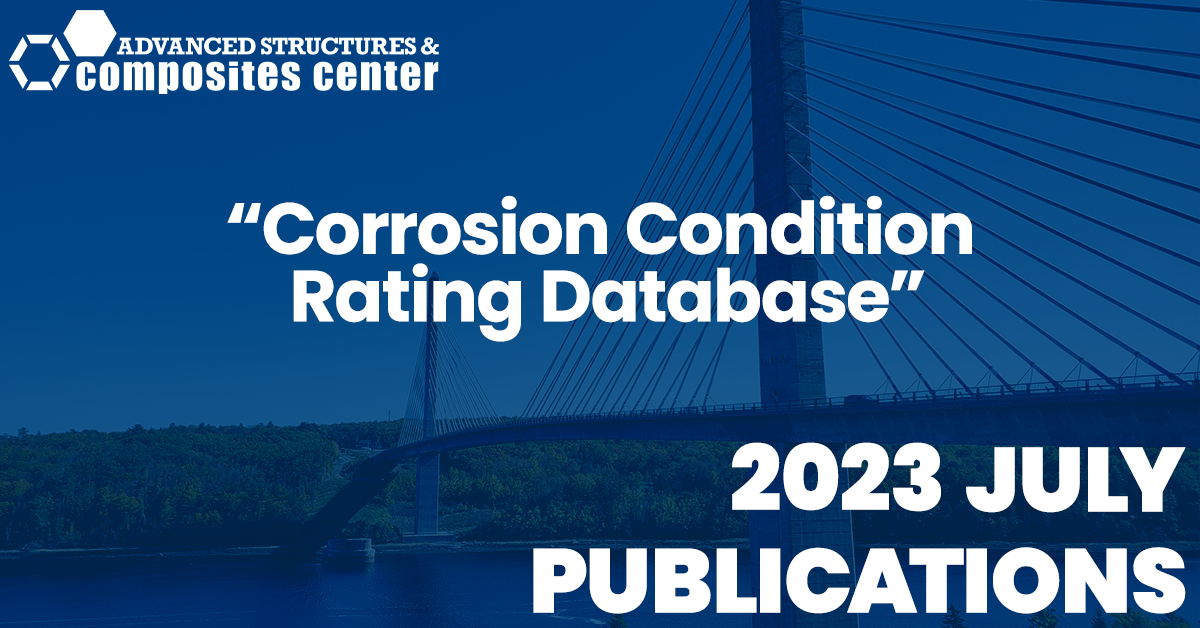
Article by Ameli and Landis on a corrosion condition rating database for steel bridges
ORONO, Maine – An article by University of Maine Structural Engineering P.h.D. candidate, Zahra Ameli and ASCC researcher and University of Maine Professor of Civil and Environmental Engineering, Dr. Eric Landis was published by the University of Maine. Titled “Corrosion Condition Rating Database”, this publication offers a standardized rating system to assess the corrosion condition of steel bridge elements.
The researchers used both a Nikon camera and a drone to collect images from steel bridge elements and annotated the images to point out the different levels of corrosion to create a model database. “Fair”, “Poor”, and “Severe”, were the three classes used in the study to represent different severities of corrosion according to the American Association of State Highway and Transportation Officials (AASHTO) and Bridge Inspector’s Reference Manual (BIRM) regulations. This dataset makes the assessment of steel bridges and the ability to detect corrosion easier when it comes to assessing the durability of transportation infrastructures.
The corrosion condition rating database for steel bridges was created as part of a UMaine research project titled “Improved UAV-Based Structural Inspection Techniques and Technologies for Northeast Bridges,” which seeks to enhance and expand the range of applications for unmanned aerial vehicles (UAVs) to aid inspection of transportation structures. Funding for this research was provided by the Transportation Infrastructure Durability Center (TIDC) at the University of Maine under grant 69A3551847101 from the U.S. Department of Transportation’s University Transportation Centers Program.
Corrosion Condition Rating Database
Zahra Ameli and Dr. Eric Landis
Abstract
This dataset contains 514 RGB images and corresponding pixel-level annotation files in two
separate formats; .json and .txt. The images are collected from steel bridge elements using a drone and a Nikon camera. The images were randomly split into 412 training images and 90 validation and 12 testing images. Two datasets for training Mask RCNN and YOLOv8 models are included in the database. All the annotations are carefully performed for quality assurance. The three classes used in this study, represent different levels of corrosion severity (corrosion condition states) according to American Association of State Highway and Transportation Officials (AASHTO) [1] and Bridge Inspector’s Reference Manual (BIRM) [2] regulations. “Fair”, “Poor” and “Severe” classes in the annotated images are shown with green, yellow, and red colors respectively.
Keywords: Steel Bridge Elements, Imaging, Corrosion Condition, Corrosion Severity
Contact: Amy Blanchard amy.i.blanchard@maine.edu
